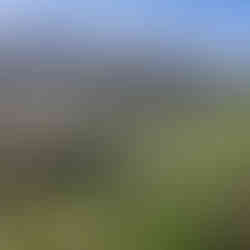Tangatapu Wetland - Habitat for Hurepo Assessment
- Love Bittern
- Aug 3
- 2 min read
The Love Bittern Project travels into every region of New Zealand empowering people to raise awareness for Bittern, help protect Bittern and to restore their wetland homes.
Check out our Spring 2025 road trip here!
3 August 2025
Tangatāpu Wetland, Rawhiti
I recently visited the Tangatāpu Wetland which has undergone an amazing transformation from a wet paddock with rank kikuyu to a thriving wetland. The challenges they face are in maintaining the wetland, protecting the investment they have made in plants (and planting) and dwindling volunteer support.
After initial ground work and successive plantings from 2013 changes outside of their control had meant water was reaching areas they didn't expect it too. The trees that were planted with relatively dry feet started to die as the water crept in. Work is underway to help correct this but has brought with it new challenges.
It's in a state of flux now, more planting is planned to backfill modified areas and shade the waterway again, deeper pools have been reformed and the trees have some relief. Bittern have been seen foraging here in the past. With some good management it will continue to be a good foraging site for Bittern.
Is your wetland wet enough - to provide 15-25cm of clear water for foraging?
In places, yes. Time will tell after the recent work just how the water will sit. The water is controlled/being held by weir boards to develop areas with different depths. The challenge here will be ensuring there is fish passage around these controls.
Do you have more than 25cm (ideally more than 60cm) of deeper water with emergent vegetation?
Not right now, the deeper pools used to have Kuta in them, it seemed to take over the small ponds. The target is to keep a balance, have enough open water and emergent vegetation to support a variety of habitats and species. This site is likely best suited for Bittern to use as a foraging territory bouncing out from bigger, more suitable breeding territories with emergent vegetation nearby.
Does the wetland stay wet for at least 90 days between September and March?
When we visited in July (winter) it was already looking markedly dry for a wetland. There will no doubt be areas that stay wet. Keeping these open and planted with low stature plants like carex, other sedges, reeds and rushes will be essential for fish habitat and foraging Bittern.
Does the water level have little or no extreme fluctuations?
The wetland was designed to slow down the water from the catchment, filter excess nutrients and trap sediment. Plants and deep water pools that help perform these functions also help regulate water level fluctuations.










Comments